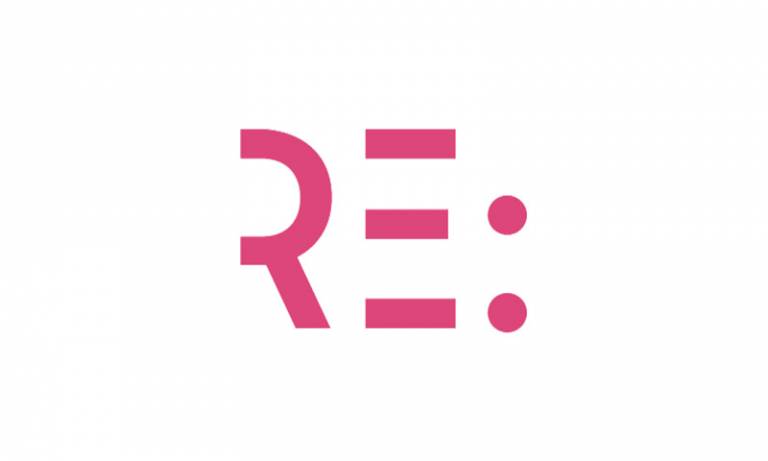3×4 a telematic/architectural hypersurface — Histories of Media Art, Science & Technology Conference
4 December 2017
New hybrids of the hypersurface as observed and experienced.

In her 2004 publication ‘Virtual Theatres’ Gabriella Giannachi wrote on the processes of doubling presence in interactive artworks, from liquid architecture to telematic performance, where the physical and virtual realms meet and intersect at a place she termed the hypersurface.
““Through the hypersurface, the viewer can enter the work of art, be part of it, as well as interact with it. Because the hypersurface is a liminal space, the viewer can double their presence and be in both the real and the virtual environment simultaneously.”
Ten years on, Claire McAndrew and Paul Sermon (University of Brighton) produced on three occasions a telematic/architectural installation. 3×4 metre ‘blue-box’ rooms linking public audiences at London’s Southbank Centre with residents in New Delhi’s Khirkee Extension, an informal settlement where Khoj International Artists’ Association is located. This installation reflected the changing spatial and digital fabric of both cities, as well as the prescribed dimensions of dwellings in some of Delhi’s new resettlement colonies. Whilst these audiences shared and compared these familiar dimensions across the global north/south, they explored a kinaesthetic experience of ‘doubling presence’. Through self-choreographed telematic performance within digital architectures with physical constraints, they crafted new social fictions, imaginings and happenings in the hypersurface.
This collaborative work was presented at the 7th International Conference for Histories of Media Art, Science and Technologies in Vienna by Paul Sermon. Their co-authored paper spoke of how the juncture between telematic-kinaesthetic experience and the 3×4 metre dimensions, can be used to explore new hybrids of hypersurface space, as observed and experienced by public audiences. Reflecting on this doubling public presence, it pointed toward the relevance of telepresent proprioception for future thinking on the interlacing of performance, architecture and telematic art forms.
 Close
Close

